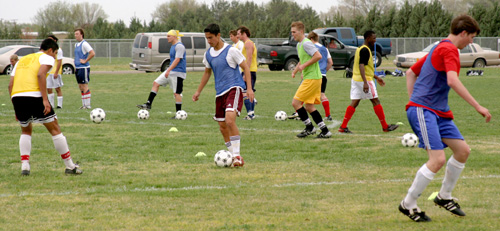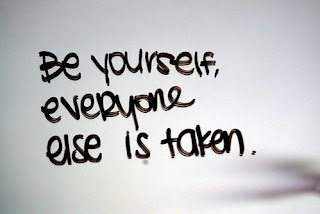With the recent passing of Dick Bate, I was reminded of something he said to us while he was still in Canada, as the CSA Technical Director:
"The best coaches lose their best players."
In February 2006, we had Coach Bate visit the Welland Soccer Club for an on-field and classroom session. He opened his talk with that line and the room was overcome with a thundering, earth-shattering silence.
The concept was revolutionary for many, but for a few it's something that has frustrated us for years. At the time, as the club's technical director, I was in a battle-royale with a club coach over a player. The player was very good, the current coach was weak and the team played in a lower league. We had no viable in-club option to serve her. She was on her way to a better team, in a better league with a better coach and I was being asked by their coach to call her parents to advise them (ie. mislead) that they were making a mistake. His beef was that it would hurt his team and he would lose more players. My argument was that it was best for the player and it would give another player on his team a chance to move up and be "the best player".
Why would you ever hold a player back if they have outgrown you or your situation? Once the thought has entered somebody's mind, it may as well be dealt with because the relationship is about to be tested.
A different situation could be a better/different league or a better coach. To me, the deal must include moving to a better coach to make it legitimate, but sometimes being in a better league with a competent coach will help the kid. (nb. a higher league does not always equal better soccer.)
We all need to remember something very important; we do NOT own the player.
In my own experiences I have witnessed:
- Ontario coaches trying to keep their players away from Toronto FC Academy when it was first organized. (I list this first because it shocked me the most)
- Up until 2015, U14 coaches who did not qualify for OYSL work to keep their players away from the teams that did qualify and did have a competent coach at the helm.
- In Niagara, local coaches working to keep players away from the Regional program that their own presidents voted into existence. In four instances, it was coaches who supported the program until they were not chosen to coach a regional team.
- As coach of the Niagara U12 District program for 4 years, some coaches told me they did not want their players to come out for fear of them being recruited by other coaches. At the time, the District program was the fist step in the Regional/Provincial program.
- Coaches that would not agree to let their players play for the club team above them, as a call up. Whether it's B team to A team or playing a year up. We reminded them that they did not have that authority.
The best player on every team has not necessarily outgrown their situation, but there are instances where this is clearly the case. This is where the Technical Director needs to start the conversation. From a club perspective, an ideal solution has the player play for the same club.
Some possible scenarios for expanding your best player's experiences:
- Arrange attendance at training sessions with a higher level team/coach.
- Arrange maximum call-ups to the next highest team at your club.
- Arrange maximum call-ups to a higher team at another club.
- Arrange a guest-player scenario for another team at a tournament.
- If the player agrees and a competent coach is present, move them to the next highest team at your club. If this is not available, then another team at another club.
There are two possible outcomes if you offer to expose your better players to another situation: they will accept or they will decline. Either way, all of your players will know you have their best interests at heart and that's a big deal.
I have been coaching with the same gentleman since 1988 and we have both always judged ourselves by how well our players do away from our program. Its a nice feeling to see them doing well.
Reaffirming my obsession/frustration with coaches who impede a player's progress was Dick Bate's gift to me and I am forever thankful.
Rest in Peace, Coach.
Endnotes.
The young lady at the heart of my battle-royale mentioned earlier recently completed a 4-year degree on a Division 1 NCAA scholarship in Alabama. The young lady who became the next "best player" after the departure also just completed a 4-year scholarship at a NCAA school.
I have seen players move to teams that were in lower divisions but coached by more qualified and better coaches. Again, the coach.
Holy moly, I just looked. I haven't posted an article in almost two years.





